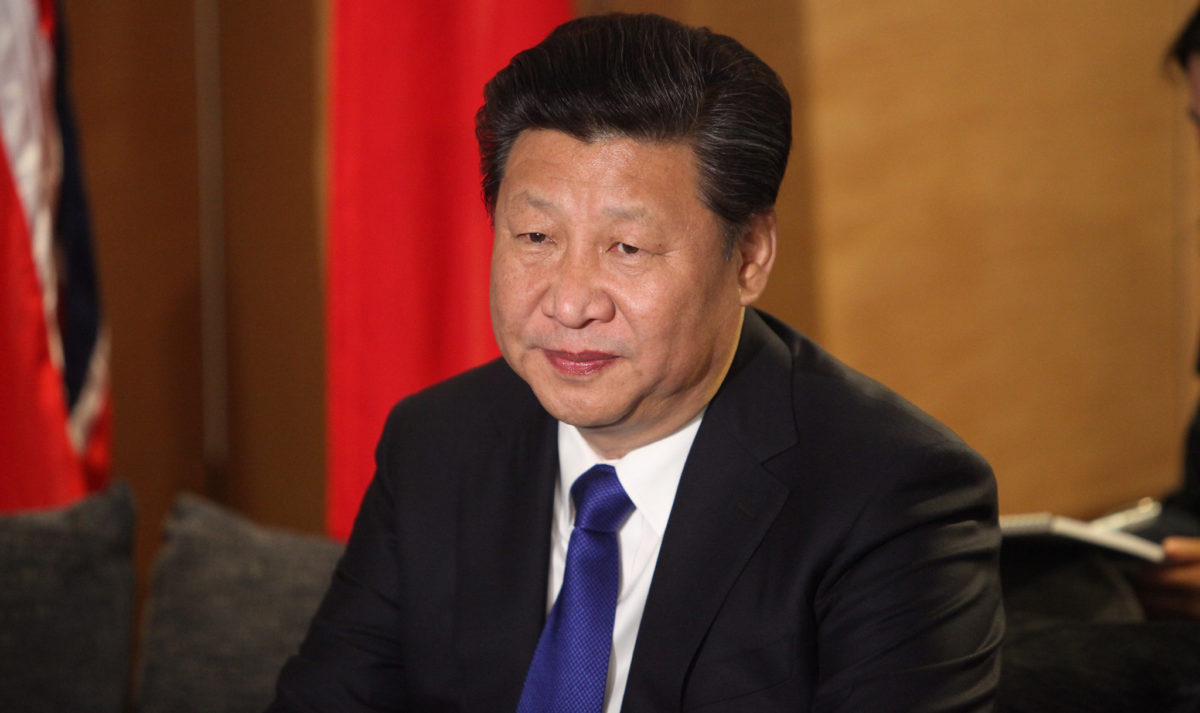Business intelligence firm Bloomberg New Energy Finance has spelled out how China's 40-year transition towards a net-zero-carbon economy could see $6.4 trillion invested in new solar and wind generation capacity, with PV capacity rising to 4,226 GW by mid century.
The analyst today fleshed out two paths for China's zero-carbon ambition, a business-as-usual ‘economic transition scenario' (ETS) and the titular ‘accelerated transition scenario' (ATS) referenced in a publication launched at the BNEF Summit Shanghai 2020 event.
Under the more ambitious forecast, $7.9 trillion would be invested in the energy transition, with $6.4 trillion of it spent on new solar and wind generation capacity to feed rising demand arising from electrification of new sectors of the economy. Under that scenario, 4,226 GW of solar would help meet electricity demand of 14,885 TWh and rising, in 2050.
Coal role
The BloombergNEF report envisages renewables making up 74% of total generation capacity in 2050, under the more ambitious outlook, with zero-carbon energy supplying 92% of the power mix, although the balance would still be supplied mostly by coal-fired plants, with hydrogen-fueled turbines displacing the small contribution of natural gas.
Wind would benefit even more under the forecast, because of its ability to generate around the clock and the fact offshore turbines could be located nearer the nation's most populous coastal areas, with the analyst not contemplating any major new electricity transmission interconnector projects in its outlook.
To help drive that more-than-4.2 TW of solar capacity, China should move away from the silo thinking which separates solar and wind development in the nation and should also adopt renewables auction innovations used elsewhere, such as the round-the-clock, wind-solar-battery procurement rounds held in India. The report also cites the SDE+++ program of the Netherlands, which rewards emissions reduction rather than kilowatt-hours generated, enabling more costly hydrogen and carbon capture and storage facilities to compete.
Popular content
The BloombergNEF report, produced in association with Bloomberg Philanthropies, stressed private renewables investors need to be kept onside. The white paper noted the balance had swung back to state-owned project developers since the record solar year of 2017, because energy market reforms such as the use of power purchase agreements, spot market power trading, a grid ancillary service market, renewable portfolio standards and auctions, and carbon markets had introduced uncertainty into clean energy revenue streams.
The study suggested materials recycling in hard-to-decarbonize industries such as steelmaking could offer a short-term fix until green hydrogen becomes viable as a source of fuel, although the BloombergNEF report warned China is at risk of squandering its current electrolyzer price advantage as Europe shows more hydrogen ambition in its post-Covid recovery plan.
Tensions
The world's number one solar nation also needs to refocus back on to the energy transition after its leaders were distracted by Covid-19 and “rising geopolitical tensions,” according to the report.
Under the less ambitious ETS outlook presented by the U.S.-based analyst, $3.3 trillion would be invested – at an average rate of $106 billion per year – in the energy transition, with $2.4 trillion devoted to renewables as solar rises to 1,856 GW of capacity by mid century to feed estimated electricity demand of 10,788 TWh, down from a peak of 11,287 TWh in 2044. In that scenario, power sector carbon emissions would peak in 2026; under the ATS forecast, that landmark would be reached in just four years' time.
This content is protected by copyright and may not be reused. If you want to cooperate with us and would like to reuse some of our content, please contact: editors@pv-magazine.com.



1 comment
By submitting this form you agree to pv magazine using your data for the purposes of publishing your comment.
Your personal data will only be disclosed or otherwise transmitted to third parties for the purposes of spam filtering or if this is necessary for technical maintenance of the website. Any other transfer to third parties will not take place unless this is justified on the basis of applicable data protection regulations or if pv magazine is legally obliged to do so.
You may revoke this consent at any time with effect for the future, in which case your personal data will be deleted immediately. Otherwise, your data will be deleted if pv magazine has processed your request or the purpose of data storage is fulfilled.
Further information on data privacy can be found in our Data Protection Policy.